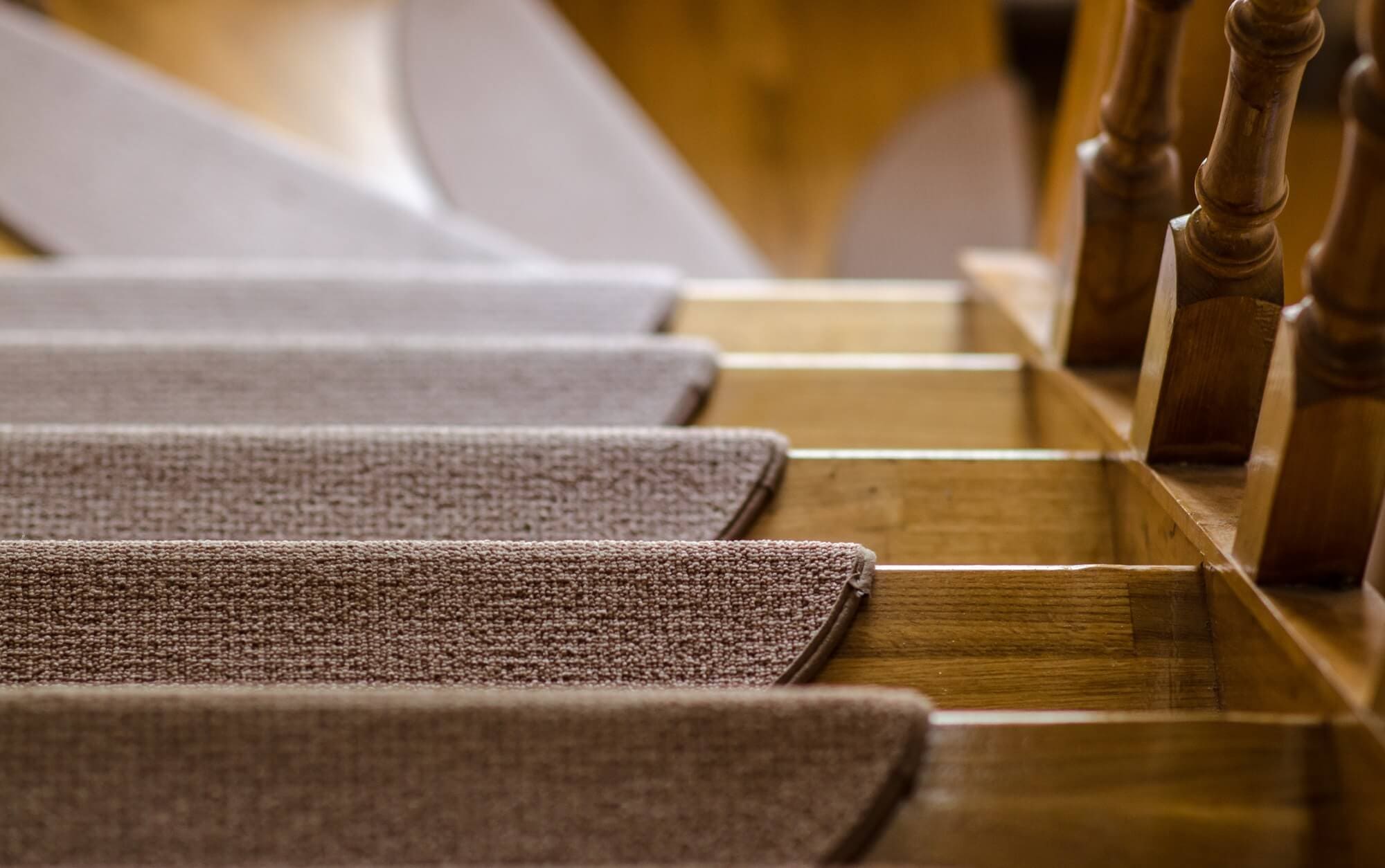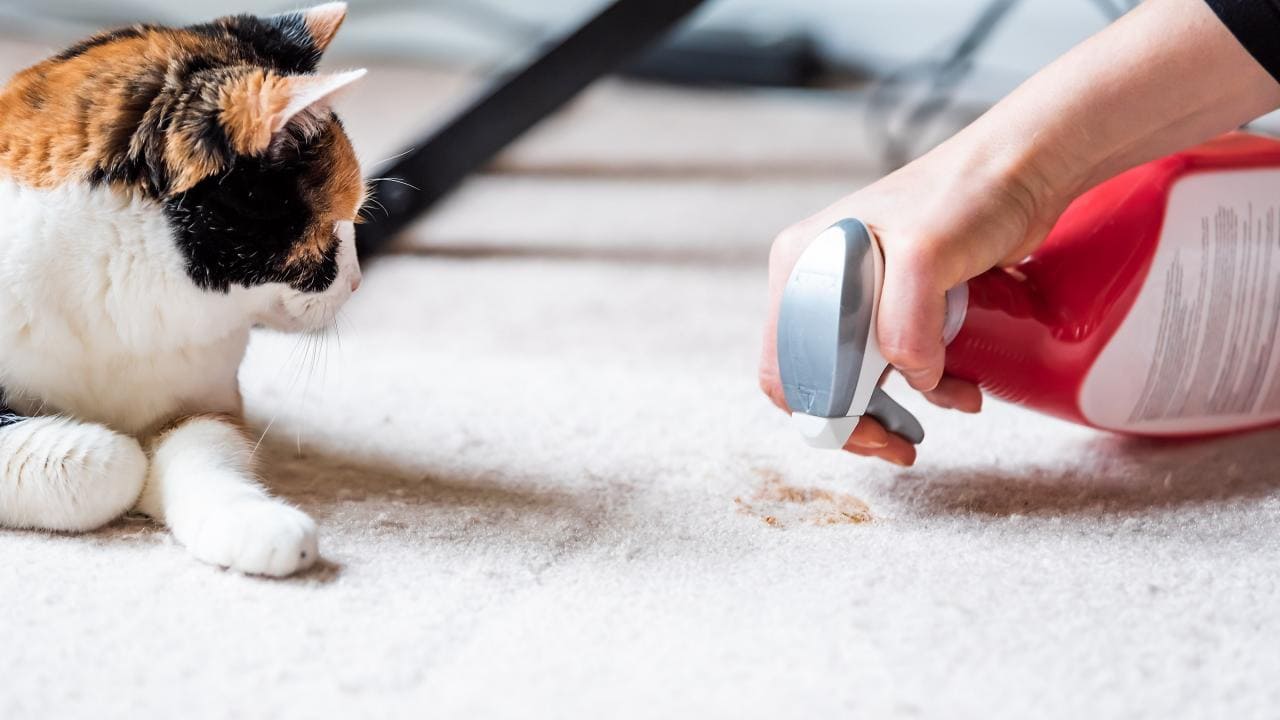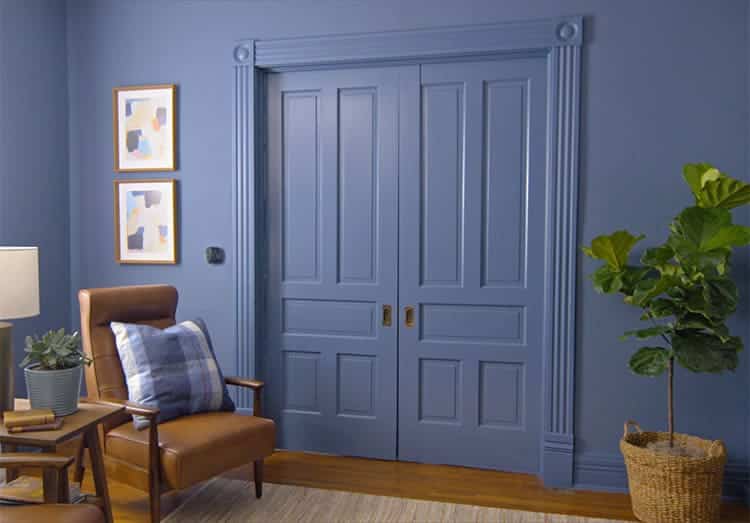Introduction:
Stair nosing is a crucial element in staircase design, providing both aesthetic appeal and safety. Often overlooked, nosing plays a vital role in preventing accidents by providing a visible and slip-resistant edge to each step. In this comprehensive guide, we will delve into the various types of stair nosing, their functions, and how they contribute to the overall safety and design of stairs.
Standard Stair Nosing:
Standard stair nosing is the most basic type, typically made of materials like aluminum, vinyl, or rubber. Its primary purpose is to protect the edge of the stair and enhance visibility. While basic, it remains a popular choice due to its cost-effectiveness and durability.
Bullnose Nosing:
Bullnose nosing features a rounded edge that extends slightly beyond the riser. This design offers a smooth and aesthetically pleasing finish, making it a common choice for curved stairs. The rounded edge also minimizes the risk of tripping, contributing to a safer staircase.
Square Nosing:
Square nosing, as the name suggests, has a straight and square-edged profile. This type of nosing is often chosen for its simplicity and versatility, complementing various architectural styles. Square nosing is available in different materials, allowing for customization based on the overall design and intended use of the stairs.
Landing Tread Nosing:
Landing tread nosing is specifically designed for the transition from a flight of stairs to a landing. It provides a seamless and secure connection between the two surfaces while maintaining a consistent nosing profile. This type of nosing is essential for both safety and aesthetic continuity.
Carpet Nosing:
For stairs covered in carpet, carpet nosing is a crucial addition. It typically has a lip that fits over the edge of the stair, securing the carpet in place and preventing it from fraying or becoming a tripping hazard. Carpet nosing comes in various materials, including metal and rubber, catering to different preferences and requirements.
LED Nosing:
Innovative and modern, LED nosing incorporates lighting elements to enhance visibility and add a touch of sophistication to the staircase. These nosings are not only functional but also serve as a design feature, creating a visually appealing and safe stair environment, especially in low-light conditions.
Anti-Slip Nosing:
Safety is paramount in staircase design, and anti-slip nosing addresses this concern directly. Typically made of materials like rubber or fiberglass, anti-slip nosing provides an extra layer of traction, reducing the risk of slips and falls on the stairs. This type of nosing is particularly important in high-traffic areas or environments where the stairs may be exposed to moisture.
Conclusion:
In conclusion, selecting the right type of stair nosing is a critical aspect of staircase design. Each type serves a specific purpose, whether it be enhancing safety, improving visibility, or contributing to the overall aesthetics of the space. By understanding the various options available, architects, designers, and homeowners can make informed decisions that align with both functional and design goals, ensuring a staircase that is not only visually appealing but also safe for everyday use.





